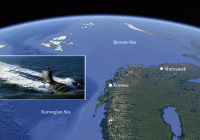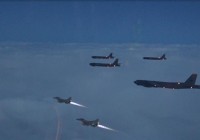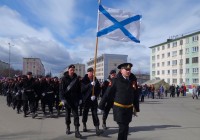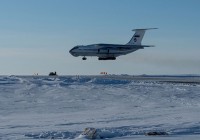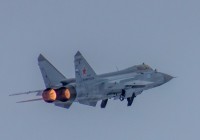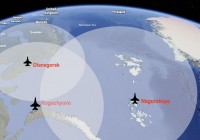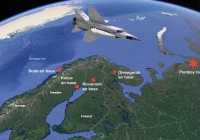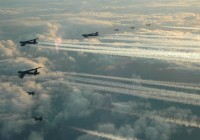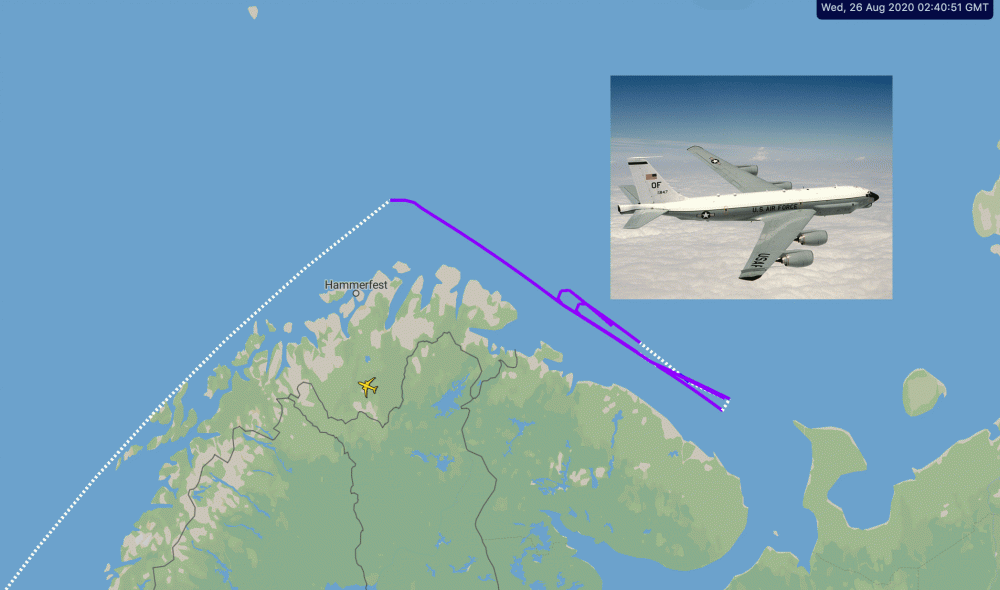
American spy-plane circles Russian Northern Fleet's exercise waters
ADVERTISEMENT
It is not known what missile shootings or other activities the Northern Fleet is doing in the Barents- and White Seas on August 26, but an American spy plane does not normally fly so close to Russian air space for no reason. By 11 am Norwegian time, the plane had made four or five circles over the waters from Russia’s maritime border to Norway in the west to outside the closed-down naval base Gremikha in the east.
These waters are well known for being exercise areas of the Northern Fleet, including rocket and missile launching.
Russia’s Administration of Sea Ports of the Western Arctic has listed a few non-sailing areas for this week in the Barents- and Kara Seas, including an area marked for rocket shooting in the period from August 25-28. Another larger area is marked forbidden for navigation, but no reason are not announced. It could be an extension of a warning issued by Arkhangelsk Sea Port authorities covering larger areas of the White Sea and north to east of Cape Kanin. Warnings are issued when missile missile firings are to take place from Nenoksa test range near Severodvinsk or from navy vessels in the White Sea.
Russian missile firings are of interest to monitor by the Americans. As the White Sea is domestic Russian air space, the RC-135 can only fly the Barents Sea to near the entrance to the White Sea.
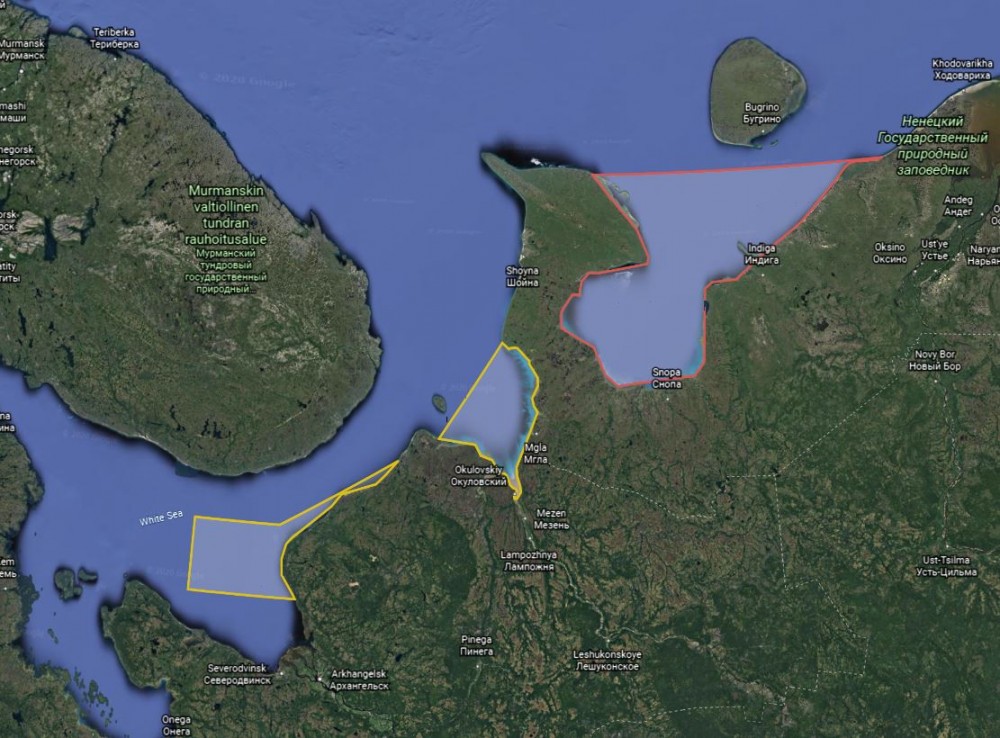
The American reconnaissance plane is designed to collect technical intelligence on radar emitter systems and likely other information gather systems.
The plane can distinctly be identified by the antenna arrays on the fuselage chin, special nose cone, its tailcone and wing tips.
ADVERTISEMENT
Normally, the plane is based at Offutt Air Force Base in Nebraska, but Wednesday’s flight started at the British air force base Mildenhall north of London.
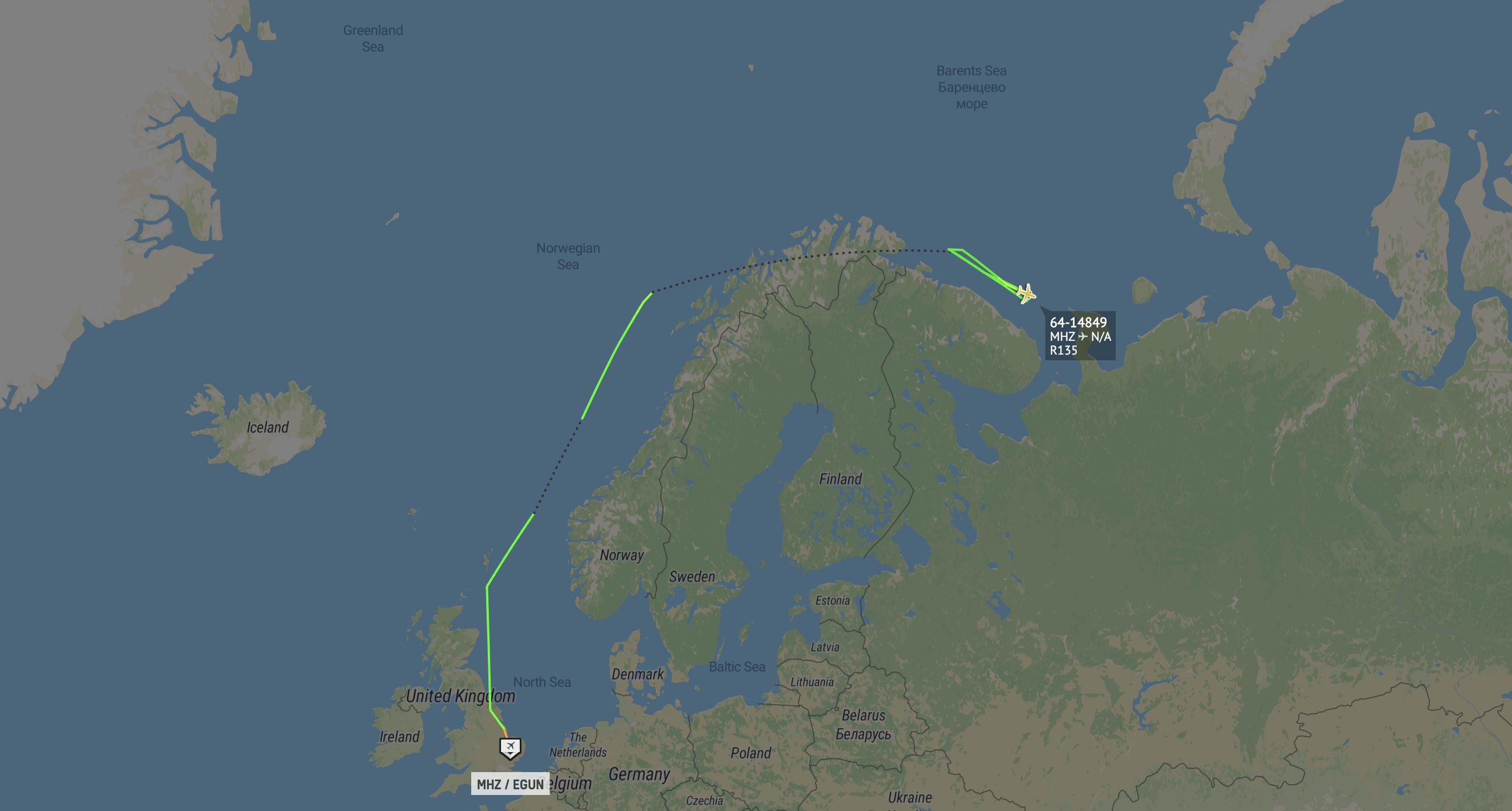
A Norwegian military official confirms to The Barents Observer that the plane was flying outside Norwegian air space all way to the Barents Sea.
“It was outside our 12 nautical miles in international air space,” spokesperson Lt. Col. Ivar Moen said in a phone interview.
Associate professor at the Norwegian Institute for for Defence Studies, Paal Hilde, says allied military planes en route to the Barents Sea outside Russia are normally not flying over Norwegian air space, and especially not in the eastern parts of Finnmark region bordering the Kola Peninsula.

“Allied military aircraft are normally not allowed to fly east of 24 degrees,” Paal Hilde says, but adds that some adjustment to this rule was done in 1995. “This is part of Norway’s low-tension policies for the north, as a country neighboring Russia,” he explains.
NATO aircraft are neither allowed to take-off from Norwegian airports if flying missions into air space in the eastern parts of the Barents Sea.
U.S. military planes flying outside the Kola Peninsula, though, is not uncommon, Paal Hilde says.
The spy plane mission outside the Northern Fleet’s important submarine bases on Wednesday happens amid increased tensions in other parts of Scandinavia and the Baltic Sea region.
On Monday, Sweden raised readiness in the Baltic Sea and Gotland, due to ongoing comprehensive military activity by Russia and the the West not seen since the days of the Cold War, according to a statement by the country’s Chief of operations, Jan Thörnqvist.
Russian landing ships were sailing close to the island of Gotland and Sweden responded by sending navy warships, soldiers and other military hardware to the strategically located island.
Belarus’s military is in a state of high alert for the first time since the Cold War era as the country’s dictator, Aleksandr Lukashenko, claims security threats along the western borders to the European Union.
On August 24, Russian military officials said a Su-27 fighter from the Baltic Fleet air force was scrambled to intercept reconnaissance planes from the US, Germany and Sweden over the Baltic Sea.
Last week, Russian state-affiliated news agency TASS said a US RC-135 reconnaissance plane was intercepted over the Baltic Sea. This could well be the same England-based aircraft flying the Barents Sea on August 26.
On Friday, the U.S. Navy submarine USS Seawolf made a brief surfacing for personnel outside Tromsø in northern Norway, and earlier the same day six American B-52 long-range bombers flew over the Norwegian Sea together with Norwegian F-16 figther jets, as reported by The Barents Observer.
ADVERTISEMENT
The Barents Observer Newsletter
After confirming you're a real person, you can write your email below and we include you to the subscription list.




